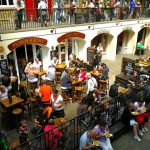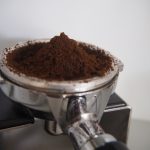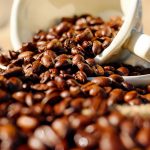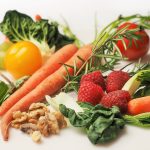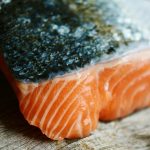Navigating the recovery path after a colonoscopy can be as critical as the procedure itself, particularly when it comes to your diet. A colonoscopy, while a routine screening that plays a pivotal role in preventive health care, can leave your digestive system in a delicate state. Understanding what to eat post-procedure is essential not only for comfort but also for ensuring a smooth and efficient recovery. This article draws on medical expertise to guide you through the optimal dietary choices following your colonoscopy. It aims to demystify the process, providing you with clear, evidence-based recommendations on foods that will nurture your body, support healing, and potentially speed up your return to normalcy.
The aftermath of a colonoscopy presents a unique opportunity to reset your digestive system, making it crucial to choose your foods wisely. With the insights from health professionals, this article will delve into the importance of a low-residue diet, hydration tips, and how to gradually reintroduce more substantial foods into your diet. Whether you’re navigating this journey for the first time or seeking to refine your post-colonoscopy diet, our comprehensive guide is designed to ease your concerns, answer your questions, and pique your curiosity about how diet can influence recovery.
Let’s embark on this journey to ensure your post-colonoscopy period is as comfortable and beneficial as possible. Keep reading to discover the best dietary practices for after your procedure and how these choices can have a profound impact on your overall well-being.
Understanding a Low-Residue Diet
What is a Low-Residue Diet?
After a colonoscopy, physicians often recommend a low-residue diet to allow the gastrointestinal tract to rest and recover. This diet limits high-fiber foods that can be abrasive or irritating to the colon.
Low-residue foods are more easily digested and absorbed, producing less waste matter. This allows the colon to work less strenuously while healing. Low-fiber foods also help firm up stool, reducing risks of diarrhea.
Why Follow a Low-Residue Diet?
During a colonoscopy, air is pumped into the intestines to inflate them for better visibility. This can leave some people feeling bloated, gassy or cramped afterwards. The colon may also be mildly irritated or inflamed, especially if polyps were removed.
A low-residue diet allows the gastrointestinal tract to rest while retaining fluid and recuperating. This supports proper intestinal function and comfort as the colon recovers.
Initial Post-Colonoscopy Diet Recommendations
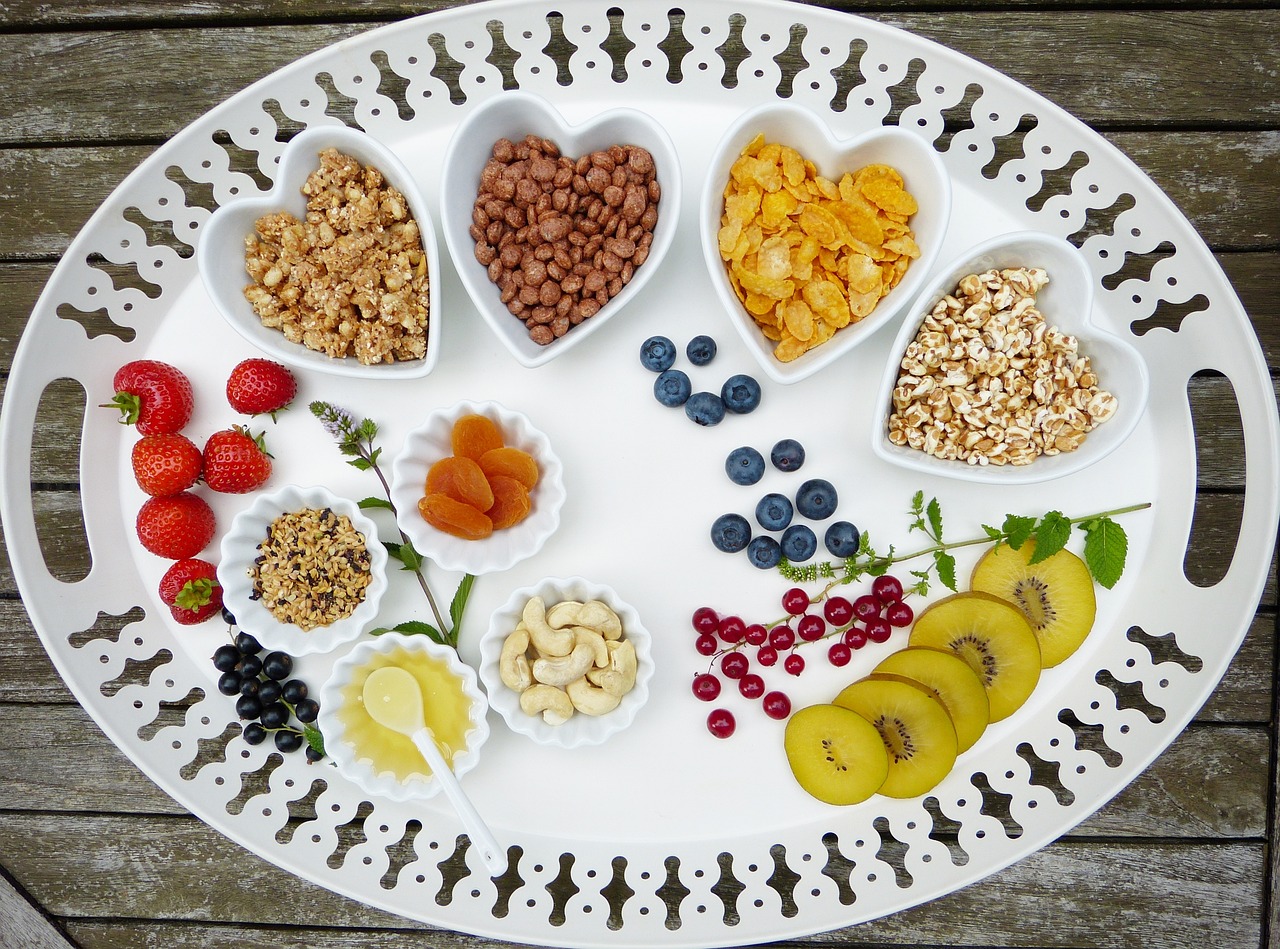
In the immediate 24 hours following a colonoscopy, physicians recommend sticking to clear liquids and soft, low-fiber foods that are gentle on the colon.
Stay Hydrated
Drinking plenty of fluids is vital after this procedure. Goals include:
- At least 8 cups of water daily
- Sipping warm broths or diluted juices
- Avoiding alcohol and caffeinated beverages
Proper hydration supports intestinal health and prevents dehydration from fluid loss during bowel preparations.
Recommended Foods
For the first day post-procedure, examples of easily digested low-fiber foods include:
- Clear soups and broths
- Gelatin
- Popsicles
- Tea
- Fruit juice diluted with water
- Saltine crackers
- White bread
- Canned fruits without skin or seeds
- Soft, creamy foods like yogurt, pudding, applesauce
Foods to Avoid
After a colonoscopy, it is recommended to eat soft, easily digestible foods and drink plenty of fluids to aid recovery. Foods to eat include drinks with electrolytes, water, fruit juice, vegetable juice, herbal tea, saltine crackers, graham crackers, soup, applesauce, scrambled eggs, tender cooked vegetables, canned fruit, yogurt, Jell-O, popsicles, pudding, mashed or baked potato, white bread or toast, smooth nut butter, soft white fish, and apple butter. It is important to avoid foods that are hard to digest like whole grains, raw fruits and vegetables, nuts, seeds, greasy or fried foods. Additionally, it is advised to stay hydrated with water and low-sugar drinks containing electrolytes after a colonoscopy. Avoiding alcohol, tough meats, whole grain products, raw vegetables, corn, legumes, dried fruit, coconut, spices, crunchy nut butter, popcorn, fried food, and nuts is recommended. Post-colonoscopy dietary care involves consuming foods that are gentle on the digestive system to promote healing and avoid irritation.
Gradually Reintroducing Regular Foods
As the colon recuperates, usually 24-48 hours post-procedure, more diverse foods can be slowly reintroduced. However, high-fiber foods may still need to be limited for up to a week.
Signs You Are Ready For More Foods
Indicators that the colon has begun healing and is ready for low-to-moderate fiber foods include:
- Passing gas
- Having a bowel movement
- Losing bloating and abdominal discomfort
- Tolerating clear liquids without issue
- Appetite returning to normal
Reintroducing Foods Step-By-Step
Over 3-4 days, gradually work back up to regular foods by:
- Day 2: Adding in low-fiber foods – Ex: white rice, eggs, fish, chicken, creamy peanut butter
- Day 3: Incorporating moderate-fiber foods – Ex: pasta, pancakes, waffles, canned vegetables
- Day 4: Slowly resuming high-fiber foods – Ex: fruits with peels, raw veggies, whole grains
Keep portions small and chew thoroughly. Stop eating anything that causes discomfort. Introduce new foods slowly, one at a time, and wait several hours to monitor for reactions.
Specific Dietary Recommendations and Restrictions
As the colon recovers, pay close attention to dietary choices. Follow physician instructions and these general guidelines:
Foods to Include
- Proteins: Tender poultry, eggs, creamy nut butters, tofu
- Grains: White bread, crackers, white rice, quinoa, noodles
- Fruits: Bananas, melons, peeled apples and pears, citrus, canned fruits
- Vegetables: Potatoes without skin, pumpkin, carrots, mushrooms, asparagus tips
- Dairy: Milk, plain yogurt, pudding, ice cream, cheese
Foods to Avoid
- Raw produce with skins, seeds or shells
- Dried fruits and vegetables
- Whole grains with bran
- Beans, legumes, lentils
- Nuts, seeds, popcorn
- Red meat or tough, fibrous meats
- Fried, greasy foods
- Alcohol, caffeinated drinks
Limit fiber to 10-15 grams daily initially. Read nutrition labels and know the fiber content of foods. Introduce higher fiber foods gradually, in small amounts, only after the colon has rested several days.
Adapting the Diet for Individual Needs
Certain conditions may require additional dietary restrictions during colonoscopy recovery:
Lactose Intolerance
Avoid milk, ice cream and other dairy products. Opt for soy/nut milks, lactose-free dairy or dairy alternatives like coconut yogurt.
Gluten Sensitivity
Eliminate wheat, barley, rye. Choose gluten-free bread, pasta, crackers.
Diabetes
Monitor blood sugar closely and limit concentrated sweets, fruit juices. Talk to a doctor about post-procedure meal planning.
Food Allergies
Avoid any personal food allergens. Anaphylactic reactions could require emergency care.
Monitoring for Concerning Symptoms
Call a physician promptly if experiencing:
- Fever over 101 F
- Repeated vomiting
- Severe abdominal pain
- Blood in stool
- Dizziness, weakness
- Swelling, redness or pus at IV catheter sites
These could indicate complications like infection, perforation or bleeding and may require urgent medical treatment.
Personal Care and Recovery Tips
Proper self-care can help the body rebound faster after a colonoscopy:
- Rest and take it easy. Avoid strenuous activity.
- Apply heating pads for abdominal discomfort.
- Drink warm teas, broths, electrolyte drinks.
- Keep a food diary to identify problem foods.
- Move carefully to avoid pushing on the abdomen.
- Help the colon recover by staying well hydrated.
- Take sitz baths to ease soreness from bowel preparations.
- Keep follow-up appointments with physicians.
- Give the body time to bounce back before resuming normal activities.
- Seek emotional support; post-procedure blues are common.
Be patient with the healing and recovery process. Listen to your body and don’t overexert yourself.
Colonoscopy Recovery Case Studies
Sarah, age 29 – “After my colonoscopy, I stuck to a low-fiber diet for five days. Broths, yogurt, white rice and eggs were gentle options. Pasta was too heavy at first, and made me gassy. I added small amounts of cooked veggies on day three. Raw salad was too rough until a full week later.”
James, age 44 – “I felt weak and fatigued for several days after my procedure. I realized I needed more protein, calories and fluids to recover my strength. Adding nut butters, milkshakes and electrolyte drinks really helped boost my energy.”
Erin, age 68 – “It took me a while to get back to normal bowel movements after my colonoscopy prep. I drank warm prune juice twice a day to relieve the constipation. Gentle yoga poses also helped get things moving again.”
Conclusion: Prioritize Self-Care After Colonoscopy
Colonoscopies offer invaluable preventive screening for colorectal cancers and diseases. While generally low-risk, proper recovery steps are key to avoiding problems and relieving discomfort. Be vigilant about hydration, diet, activity restrictions and monitoring concerning symptoms through the healing process. Don’t hesitate to ask physicians questions or seek support. With attentive aftercare, most people bounce back quickly for a safe return to their daily routines.
Susan Muskat is a professional chef with over 25 years of experience in the culinary industry. After working in some of the most prestigious restaurants in the world, she opened her own restaurant, Moose and Sadie’s, which quickly became a local favorite. Susan is also the author of a blog all about recipes, guidelines, cooking tips, and knowledge from professional chefs. She loves nothing more than sharing her passion for food with others.

